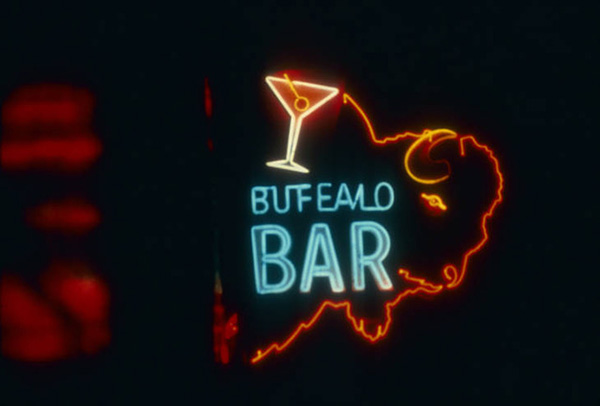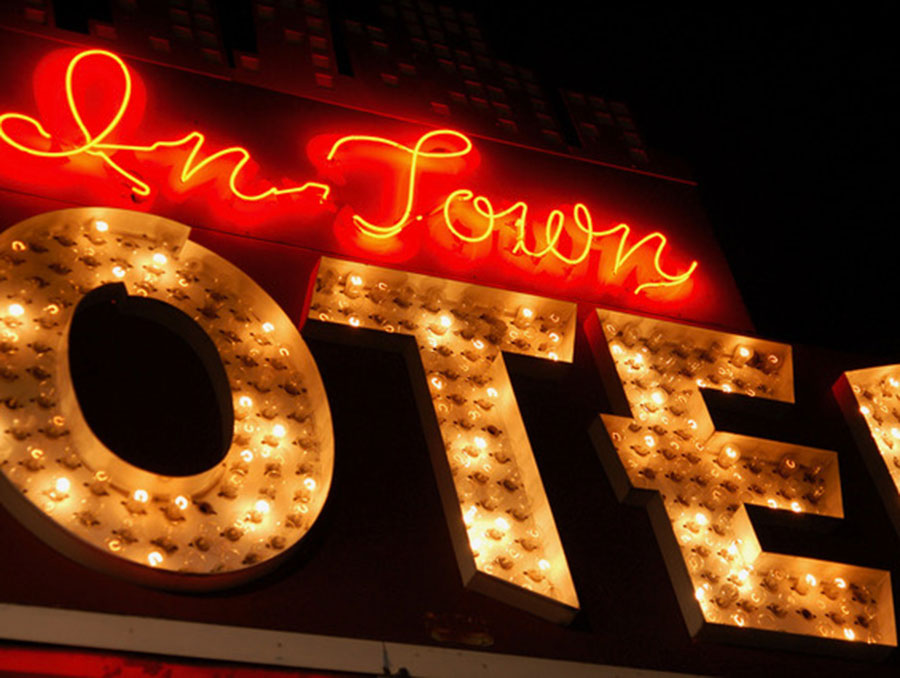As Northern Nevada cities grow, a loss of affordable housing is not the only impact the region faces. The area is losing its neon signs.
“Many neon signs are at risk of demolition,” Dr. Katherine Hepworth, associate professor of visual journalism at the Reynolds School of Journalism, said. “Others are being converted to LED lighting (most notably, the Reno arch), irreparably removing key elements of their historical significance.”
According to Hepworth, approximately 30 neon signs in Reno are at risk of immediate demolition, and their removal will result in a loss of cultural and historical heritage.
“Northern Nevada’s neon signs — particularly those from Reno’s heyday, 1931 to 1960 — epitomize Modern American Western, a distinct design historical visual style that has been influential in American culture, particularly in branding and tourism, for decades,” she said.

Preserving a record of these signs in their original state has become a mission for Hepworth and other researchers at the University of Nevada, Reno, Nevada Historical Society and the University of Nevada, Las Vegas (UNLV). The group was recently awarded a Library Services and Technology Act 2020 Grant to create a digital archive of the neon signs.
“This project will create a digital archive of material related to Reno’s culturally significant neon signs created from 1931-1960, an online exhibit to showcase these artifacts and share the as yet untold story of modernism in the American west,” Hepworth said, adding that the archive will be hosted by UNLV.
Amy Hunsaker and Teresa Schultz with University Libraries are leading the archiving initiative. Chris Church with the University’s History Department and Hepworth will design and build the online exhibit.
In July 2020, the project members will start photographing neon signs in their natural state and combine them with other previously collected materials to create the archive. Neon sign illustrations and photos from journalism and history students in Hepworth and Church’s 2019 courses are valuable contributions to the project.
“JOUR108 students created illustrations and took photos of a number of important neon signs in Reno and Sparks, some of which have now been demolished,” she said. “Students in JOUR/HIST308 also took photos of the signs, added details to the database and wrote journalistic pieces that helped make the collection come alive for people.”
This grant is not the first that Hepworth and Church have worked on together. Earlier this year, they received a National Endowment for the Humanities Digital Humanities Advancement Grant to develop a best-practice method for visualizing materials like racist historical images and culturally controversial texts. That project and the Northern Nevada neon project are similar because they both focus on bringing the visual past to life in the present.
“Both projects share an interest in leveraging innovations and best practices in computational processes to investigate historical materials and bring them to life for present-day audiences,” Hepworth said.
Bringing their neon sign project to life will include a community event scheduled in May 2021.
“Neon Maker Day…will incorporate speaker sessions about neon construction and local history, sessions about how to access and use the archive materials and activities related to making neon signs.”
Once the digital archive is complete, the public will be able to experience and celebrate the cultural and historical significance of local neon signs long after they are demolished or replaced.
“This project represents an opportunity for Northern Nevadans to celebrate and take pride in the influential, and yet largely unknown, local cultural and technological mastery of their forefathers.”
Correction: The original version of this article stated that Amy Hunsaker was the only project lead. However, Teresa Schultz is also a co-principal investigator on the grant.











